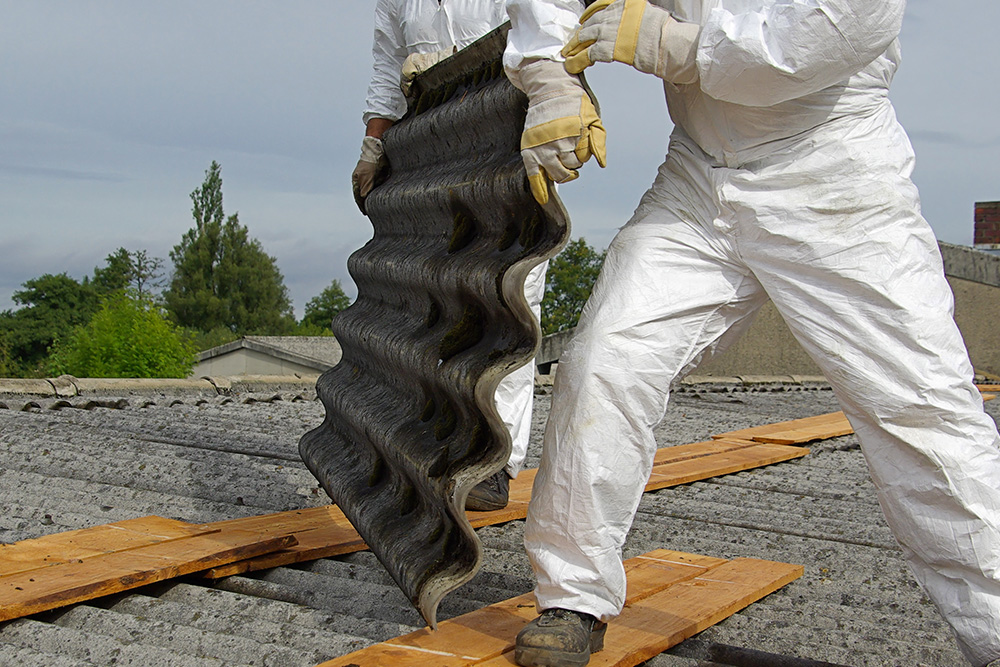For veterans stationed in Hawai‘i during their service, health risks from military service did not end when they left the armed forces. Asbestos — once used widely on Navy ships, in shipyards, and in base housing — continues to impact the lives of those who served. The danger of asbestos exposure is not just a historical footnote. It remains a present-day reality for veterans diagnosed with mesothelioma and other asbestos-related illnesses. For them, mesothelioma litigation is just one way to pursue justice.
Why Asbestos Matters for Veterans
Asbestos is the only known cause of mesothelioma, a rare and aggressive cancer that affects the lining of the lungs, abdomen or heart. Because mesothelioma symptoms may take decades to appear, many veterans often learn of their illness long after retiring from the military. For families in Hawai‘i and those who served here, understanding both the medical and legal aspects of asbestos exposure is an important step in securing care and justice.










